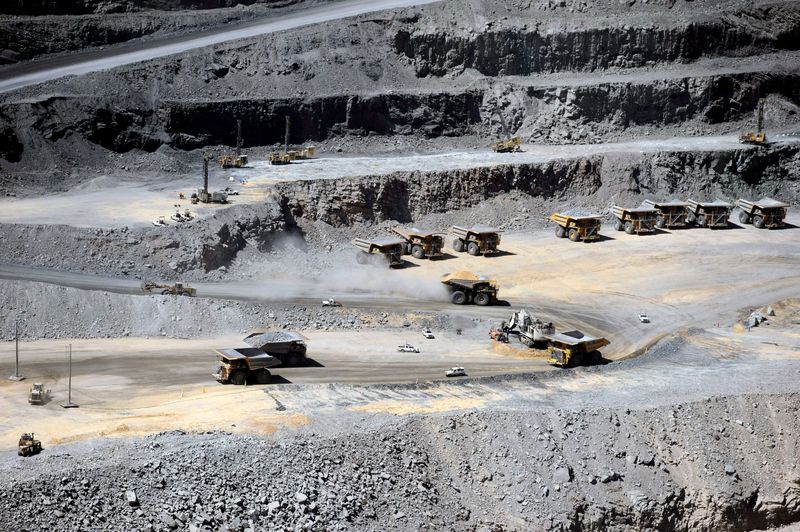
The kimberlite cluster is located around 110km north-east of a Finsch diamond mine.
Diamond mining company Botswana Diamonds has secured a five-year prospecting licence on ground containing the Reivilo cluster of kimberlites in Barkley West, South Africa.
The kimberlite cluster is located around 110km north-east of a Finsch diamond mine owned by Petra Diamonds.
According to an exploration by the previous licence holder, the area holds a delineated a cluster of three kimberlite pipes, all within a 250m radius.
The prospecting licence is effective until June 2027.
Botswana Diamonds chairman John Teeling said: “When the ground became recently available, we immediately applied for the area.
“Botswana Diamonds management have long been aware of the diamond potential of this ground, and so we are delighted to have finally been awarded this high-profile exploration ground and look forward to updating shareholders in the near future on developments.”
Botswana Diamonds plans to finalise its exploration programme after carrying out a review of all the available data on the Reivilo cluster.
The firm said in a statement: “Samples of the drilling core produced G10 and eclogitic garnets, which are the optimal indicators for diamondiferous kimberlites.”
In July this year, Botswana Diamonds purchased an additional stake in the prospective Maibwe joint venture (JV) in Botswana.
The company holds a 51.7% stake in Siseko Minerals, which increased its stake in the JV from 29% to 50%.
At the time, Botswana Diamonds said it was involved in three companies focused on diamond exploration in Botswana, as well as owned assets in South Africa.
Maibwe currently holds 11 prospecting licences in Botswana’s area of the Kalahari Desert, which include several kimberlite pipes.
In October 2019, Botswana Diamonds received a mining permit for gravels and unprocessed stockpiles around the Marsfontein mine in South Africa via its associate, Vutomi Mining.
Source: mining-technology.com













